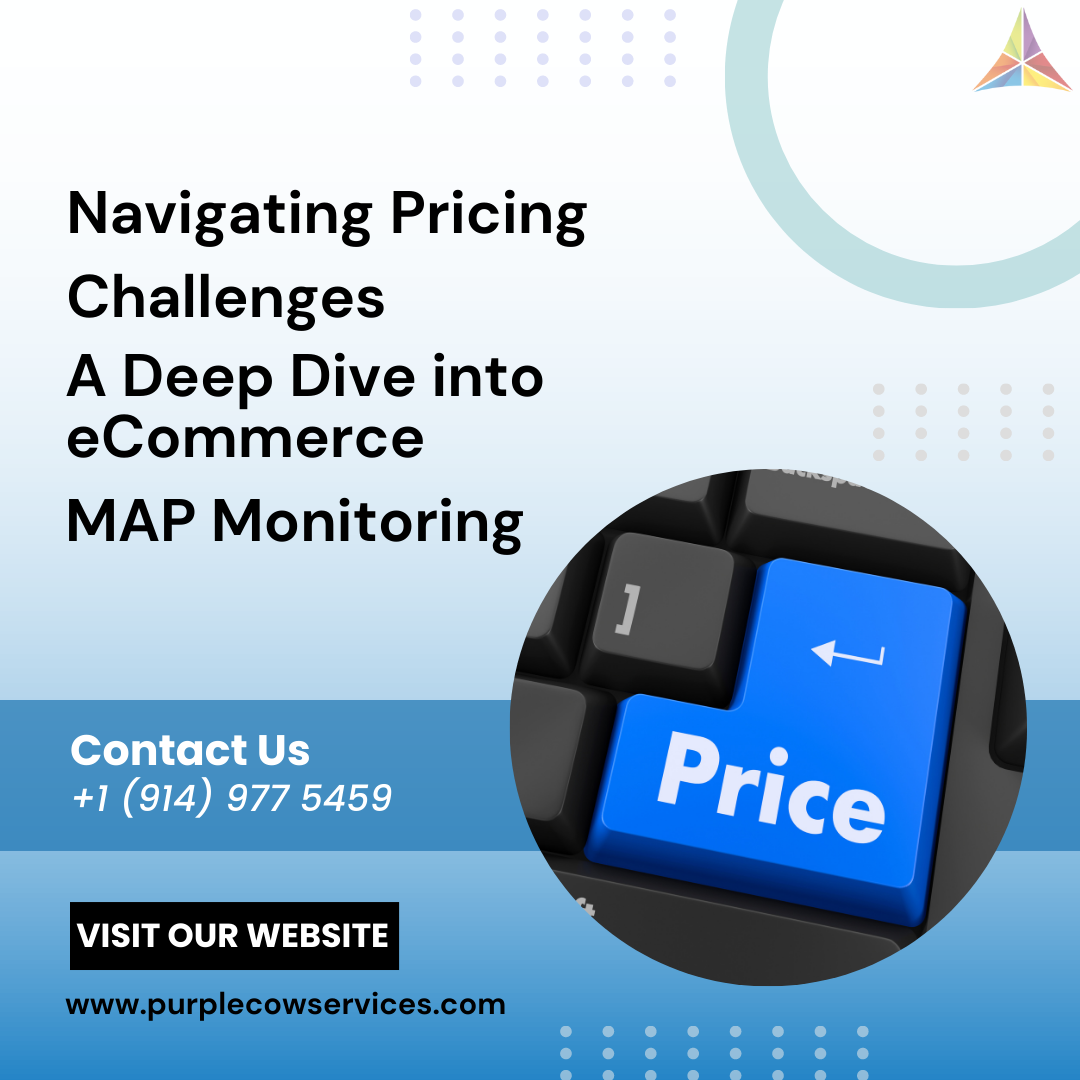Pricing plays a critical role in the success of eCommerce businesses. However, maintaining consistent pricing across various online channels can be challenging due to unauthorized price reductions. This is where Minimum Advertised Price (MAP) monitoring comes into play.
Share This Story, Choose Your Platform!
In this comprehensive guide, we will delve into the world of eCommerce MAP monitoring. We will explore its significance, benefits, implementation strategies, and best practices. By understanding and effectively navigating pricing challenges through MAP monitoring, businesses can ensure brand integrity, fair competition, and sustainable growth.
Understanding Minimum Advertised Price (MAP)
Minimum Advertised Price (MAP) is the lowest price at which retailers can advertise a product. It is set by manufacturers to protect their brand image and maintain pricing consistency across different sales channels. MAP policies are legal and aim to prevent price erosion and maintain fair competition among retailers. eCommerce MAP monitoring refers to the process of actively monitoring and enforcing MAP policies online. By monitoring and regulating the advertised prices, businesses can ensure a level playing field, protect their brand value, and maintain healthy profit margins.
The Significance of eCommerce MAP Monitoring
eCommerce MAP monitoring offers several significant benefits for both manufacturers and retailers. For manufacturers, it helps protect their brand reputation, maintain control over pricing, and foster strong relationships with authorized resellers. Retailers benefit from fair competition, as MAP monitoring discourages unauthorized price reductions that can undermine their profit margins. Additionally, customers benefit from consistent pricing and a level of trust in the products they purchase. Effective eCommerce MAP monitoring is crucial for creating a sustainable and thriving online marketplace for all stakeholders involved.
Implementing eCommerce MAP Monitoring
Implementing eCommerce MAP monitoring requires a strategic approach. The first step is to establish a clear MAP policy that defines the minimum advertised prices for each product. This policy should be communicated to all authorized resellers and enforced consistently. Next, businesses need to leverage technology solutions designed for MAP monitoring, such as specialized software or third-party service providers. These tools help monitor online channels, track prices, identify violations, and generate actionable reports. Regular communication and collaboration with resellers are also essential for effective implementation.
Best Practices for eCommerce MAP Monitoring
To ensure successful eCommerce MAP monitoring, businesses should follow best practices. Regularly audit online marketplaces and retail websites to identify and address price violations promptly. Maintain open communication with authorized resellers to educate them about the importance of MAP compliance and address any concerns. Utilize automated monitoring tools to streamline the process and save time. When violations occur, enforce consequences and penalties to discourage non-compliance. Finally, continuously analyze market trends, competitor pricing strategies, and customer behavior to make informed adjustments to the MAP policy and stay competitive in the ever-evolving eCommerce landscape.
Benefits of eCommerce MAP Monitoring
Implementing a robust eCommerce MAP monitoring strategy brings numerous benefits. It helps protect brand integrity by preventing unauthorized price reductions and maintaining consistent pricing across channels. By ensuring fair competition, MAP monitoring creates a level playing field for retailers, enabling them to focus on value-added services rather than engaging in price wars. It also improves customer trust and loyalty, as shoppers can rely on consistent pricing and perceive the brand as reliable. Moreover, businesses can enjoy healthy profit margins and strengthen their relationships with authorized resellers.
Challenges and Solutions in eCommerce MAP Monitoring
While eCommerce MAP monitoring offers substantial benefits, it also presents challenges. One of the major difficulties is identifying and addressing violators in online marketplaces with countless sellers. Additionally, continuously monitoring prices and enforcing compliance can be time-consuming and resource-intensive. To overcome these challenges, businesses can partner with specialized third-party service providers that offer comprehensive MAP monitoring solutions. These providers utilize advanced technology and expertise to monitor online platforms, track prices, and identify violations efficiently. They can also provide automated reports and notifications, simplifying the process for businesses. Furthermore, leveraging data analytics and machine learning algorithms can enhance the accuracy and speed of MAP monitoring, allowing businesses to stay ahead of price violations and take proactive measures.
Legal Considerations and Enforcement
When implementing eCommerce MAP monitoring, it is essential to understand the legal aspects and ensure compliance with relevant regulations. Consult with legal professionals to draft MAP policies that adhere to antitrust laws and are enforceable. Establish clear guidelines for handling violations and consequences for non-compliance. Promptly address any violations and work closely with authorized resellers to resolve issues. By maintaining a consistent and fair enforcement process, businesses can foster trust and collaboration with their reseller network, strengthening partnerships and maintaining a healthy online marketplace.
Continuous Evaluation and Adaptation
eCommerce MAP monitoring is an ongoing process that requires continuous evaluation and adaptation. Regularly review and analyze MAP data to identify trends, pricing anomalies, and market shifts. This information can guide strategic decision-making, such as adjusting product pricing, revising MAP policies, or exploring new sales channels. Stay updated on industry developments, competitor pricing strategies, and consumer behavior to proactively respond to market changes. By remaining agile and adaptable, businesses can effectively navigate pricing challenges and maintain a competitive edge in the dynamic eCommerce landscape.
Conclusion
eCommerce MAP monitoring is an indispensable practice for businesses operating in the online marketplace. By understanding the significance of MAP, implementing effective monitoring strategies, and following best practices, businesses can protect their brand integrity, ensure fair competition, and drive sustainable growth. Overcoming the challenges associated with MAP monitoring requires a combination of technology, collaboration, and continuous evaluation. By leveraging the power of data and technology, businesses can navigate pricing challenges with confidence, build strong relationships with authorized resellers, and create a positive shopping experience for customers.
Stand out from the herd with Purple Cow’s eCommerce MAP monitoring solution. Say goodbye to pricing challenges and ensure brand integrity across online channels. Our advanced technology and expert team will help you track and enforce Minimum Advertised Price policies, giving you a competitive edge. Navigate the dynamic eCommerce landscape with confidence and drive sustainable growth. Don’t blend in, be the Purple Cow that stands out in the market!
Share This Story, Choose Your Platform!
In This Blog:

















